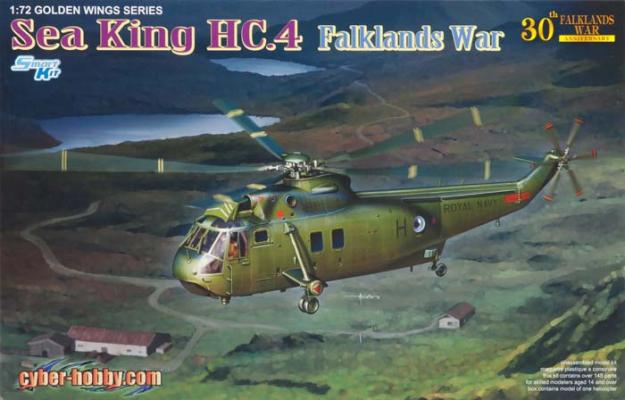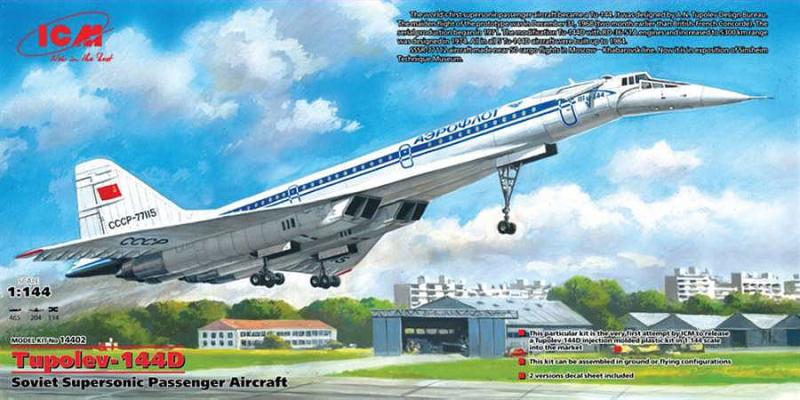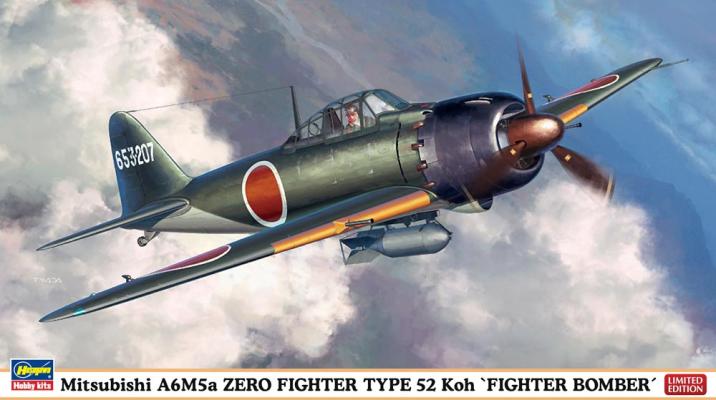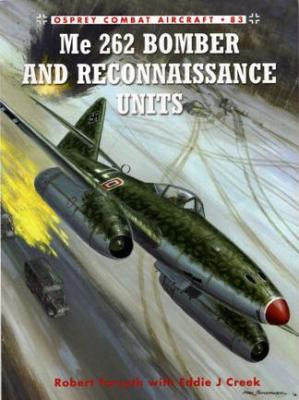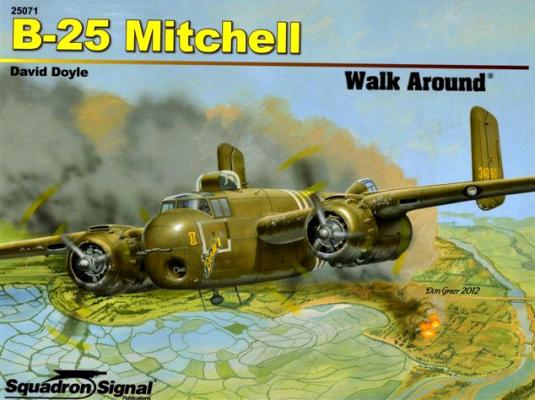Cyber-Hobby has released a new helicopter, the Sea King HC.4 in 1/72 scale, that marks the 30th anniversary of its use by the English forces during the Falklands War (1982). The kit has 6 sprues for a part count of 151 pieces, of which 7 will not be used. In addition, a small photo-etch sheet of three parts is included, as well as a decal sheet printed by Cartograf that will allow six different ships to be depicted. The fuselage has delicate recessed panel lines and flush rivets molded in Dragon’s usual light gray styrene. Two types of rotor blades are also provided; one bending upward as in flight and one bending down as when on the ground. The kit also allows one to build the rotor blades in the stowed position; this is the option I chose to keep the shelf space down to the minimum. Back to the fuselage: it is made up of three parts, two halves and the fuselage’s bottom.
Welcome to the IPMS/USA Reviews site!
Introduction: The primary organization of the IPMS/USA Review website is by IPMS/USA National Contest Class. Within each Class there are sub-menus by kits, decals, books, etc. The Miscellaneous Class is for items that are not class specific or that cross two or more classes.
IPMS/USA Members: We encourage you to submit reviews, both here and to the Journal. To volunteer for membership in the IPMS/USA "Reviewers Corps" and submit your own reviews, please read the Guidelines For Submitting Product Reviews.
Manufacturers, publishers, and other industry members: IPMS/USA is pleased to offer your company the opportunity for product reviews. All product reviews are performed by IPMS/USA members, and are posted in the publicly-accessible section of our website. With very few exceptions, we perform full build reviews of new kit releases, aftermarket products, and supplies. If you would care to provide product samples for review, please contact John Noack, IPMS/USA 1st VP.
To learn more about IPMS/USA, please see our About Us page.
The Aircraft
The Tu-144 was quite a special aircraft. It was the first supersonic passenger plane to fly, beating the Concorde by two months. The Concorde was scheduled to fly first, but ran into some developmental problems which delayed the flight. Tupolev was pressured into flying their aircraft first, in spite of problems, giving the Soviet Union a huge propaganda boost and showing the superiority of the Communist system.
There were only 16 Tu-144s built: two prototypes, nine Tu-144S and five Tu-144D, compared to 20 Concordes. In the 1960s, there was great expectation that large fleets of supersonic airliners would be seen around the globe. One of the contributing factors that made this impractical was the global energy crisis of the early 1970s, when OPEC embargoed crude oil to most countries. The resulting high cost of operation made jumbo jets a much better financial deal for the airlines, with a much lower cost per mile per passenger.
History Brief
The ultimate version of the Zero was the A6M5a type 52. Powered by one Mitsubishi NK1F Sakae 21, a fourteen cylinder air-cooled radial rated at 1130 hp for takeoff, 1100 hp at 9350 feet, 980 hp at 19,685 feet – amazing when compared to previous versions. The A6M5 also featured rounded non-folding wingtips, making a stronger wing for faster climbing and increased the diving speed to 460 mph. This Zero was better armed, with two 7.7-mm Type 97 machine guns in the fuselage and two 20-mm Type 99 cannon in the wings; these were belt feed instead of the older drum feed. Other less notable improvements, like thicker skin and added speed from exhaust thrust, were also implemented to the basic Zero design; however these improvements were still not good enough to compete with allied contemporaries, not to mention a shortage of skilled pilots. The Zero’s best days were now behind it; nonetheless, the IJN continued to upgrade the Zero until VJ day.
This book covers the Me-262 Bomber and recon units of World War II. The Me-262 is well known as the world’s first operational combat jet. Equally well known is the story of how Hitler insisted that the 262 be used as a bomber rather than to defend against Allied bomber raids.
This book is the latest in the Walk Around series from Squadron. It is in the size and format that is oh so well known to modelers around the world. This book on the B-25 covers the D, H and J variants in color photographic essay format.
The book uses mainly restored warbirds as photographic subjects, and the author has been good about pointing out where the restorations have used non-standard parts. He has also provided B&W photos of wartime aircraft to show how they were originally equipped.
The first section covers the C/D model with many color photos of “Yankee Warrior,” owned by the Yankee Air Museum. The C and the D were identical, with the C being built in California and the D in Kansas City. Only exterior shots are featured on this model, and this is the shortest section in the book.











